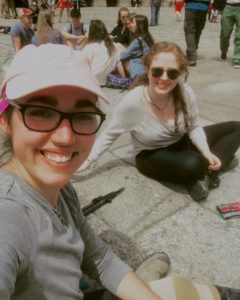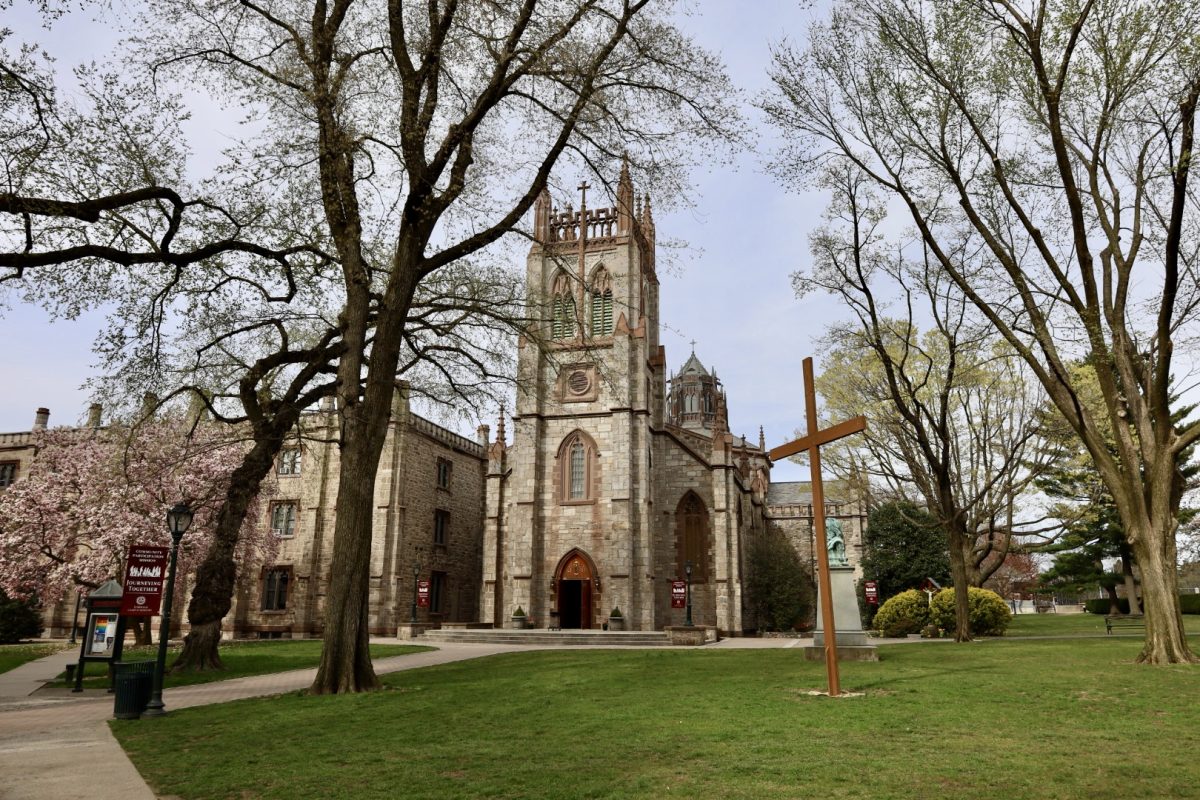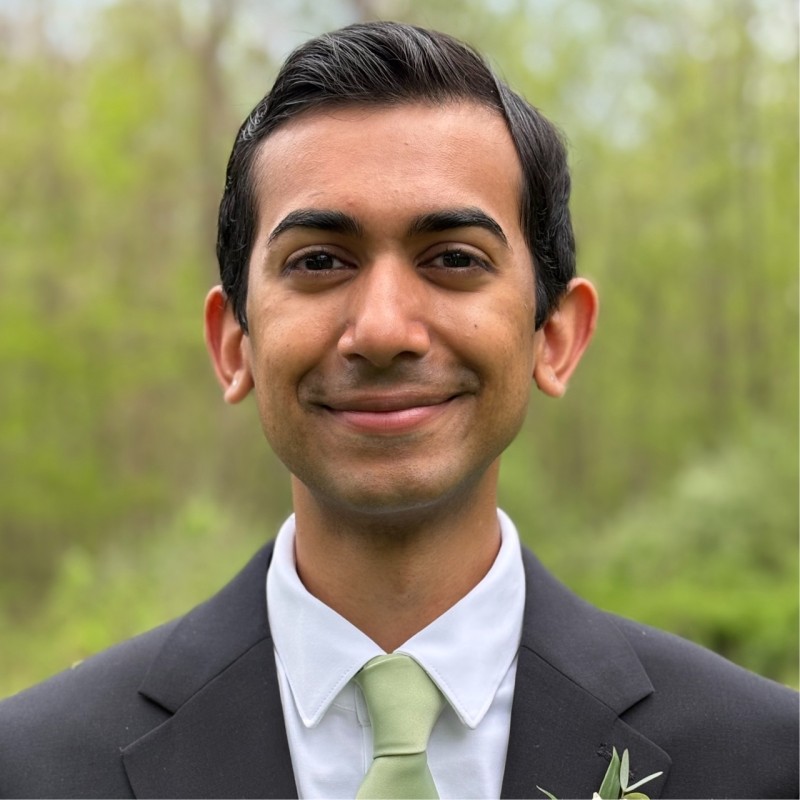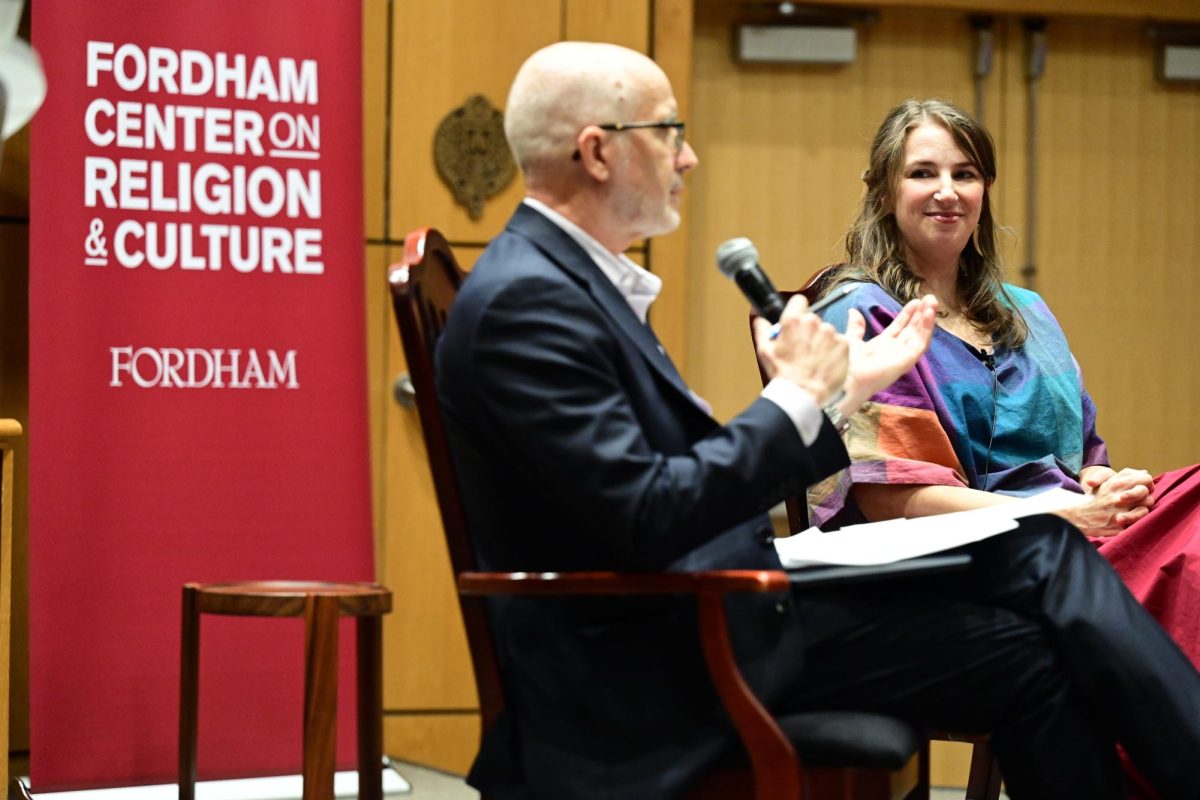By Joergen Ostensen

Grace Henning, FCRH ’18, refound her Catholic faith during her time at Fordham, but it was tested as tears rolled down her cheeks on a roadside in northern Spain.
Henning was walking the storied pilgrimage route of the Camino de Santiago. This pilgrimage was her second, but she said she wanted to give up.
She was hot and sweaty and her fingers were too swollen to open her water bottle.
She looked at the sky for an answer.
“God, what the heck?” she said. “This isn’t what I thought it would be.”
Just then, two strangers stopped and asked if she was alright. They began to walk together and soon became friends.
The same thing happened the next day when two different people invited her to walk with them.
“God definitely had to beat me over the head with the message that he would be there for me,” she said.
Henning was part of a Medieval History course offered by Fordham where students spend two and a half weeks in Spain after the end of the spring semester, walking an average of 15 miles a day from Leon to Santiago de Compostela.
The journey terminates at the legendary final resting place of the bones of Saint James, a shrine pilgrims have been walking to since the Middle Ages.
According to Christina Bruno, Ph.D., the associate director of Medieval Studies, pilgrimages were often assigned as penance long ago. Those pilgrims faced a far more treacherous journey.
“It’s a trip, but it’s not a vacation,” she said. “There’s something physically punishing and yet spiritually fulfilling about pilgrimages which was true in the middle ages and is kind of true today.”
Bruno, who is not religious, first walked the Camino as a graduate student and will now lead this year’s program. She said the journey can be a spiritually rewarding experience for anyone because it reduces life to the basics.
“[During] this experience you are worried about walking, eating, sleeping, the very most basic things,” she said. “It really gives you a nice perspective on things going forward when you leave.”
Bruno also said there is an educational value in a world filled with refugees and homeless people because on the Camino you are functionally homeless for two and half weeks.
“From a social justice point of view, it’s a really useful experience to put yourself in that position, it’s eye opening for a lot of people,” she said.
Rachel Podd, GSAS, a Ph.D student who is currently preparing for her fourth Camino and her third as a chaperone, said she has trouble explaining to her friends why she has done this so many times.
“I suppose it’s sort of like a runner’s high,” she said. “It gets inside you and it makes you want to do it again.”
Podd said that the Camino offers a reprieve from the constant busyness, stress and attachment to screens that can consume life at a university. The journey in Spain is the opposite.
“Life is simple on the Camino,” she said. “You are carrying everything you need on your back, and all you have to do that day is get to the next place.”
Bruno said that on the Camino, you are functionally homeless for two and a half weeks, and in a world filled with refugees and homeless people, there is educational value in the new perspective.
“Who think about what makes them happy and what they need to prioritize going forward,” Podd said.
Part of what stands out to Bruno is the community the Camino creates.
“There is sort of this sense that the Camino is like a bubble that you can trust that other pilgrims will help you,” she said. “The normal rules of the modern world and even human nature are disrupted.”
Savanna Hajdasz, FCRH ’19, walked the Camino last year and said she also felt the presence of a community.
Hajdasz was walking with pain in her knee, which she would later discover was caused by tendonitis, and she had to stop at one point. She said she was just sitting on the side of the road in the rain when two Spanish men stopped and stayed with her.
Hajdasz is a Spanish minor and had studied in Barcelona and Granada before this trip, so she was able to practice her Spanish and keep up a conversation with the two pilgrims. Their kindness carried her to her destination that day, which she said is a special aspect of the Camino.
“If I’m walking on the street and I’m having a bad, day no one’s gonna stop and ask me how I’m doing,” she said.
She said the community exists because no one walks the Camino without a purpose.
“I think it’s because we have a common mission as peregrinos [pilgrims],” she said.
She said the combination of the community and the separation from normal life is what creates the opportunity for self-reflection.
Henning first walked the Camino as a senior in high school and said she had a terrible time, never expecting to return. According to her, the structure of the course helped her to appreciate the Camino in a new way.
“[The course helped me to see] how we can be linked throughout time by something as simple as a hiking path,” she said.
But it was not easy. She injured herself on the first day and had to struggle through the rest. However, she said she believes this experience changed her relationship with God.
“I feel like, when I came out of it, I had this totally different understanding of who God was and how God would work in my life,” she said.
She said she went on the trip with her best friend, but it was the kindness of total strangers who got her through it.
“It was amazing,” she said. “I know that God sent those other pilgrims to help me along my journey, like I know that for sure.”
Henning said she is currently doing a year of service because of a calling she heard. She said she had not planned that before the Camino.
“In some ways the Camino opened me up to hearing that type of call,” she said.
For Henning, the last day was among the most powerful moments of the journey. She said the final stage takes pilgrims through suburbs and a modern city; then, the road starts changing until it becomes cobblestones and older buildings and all the pedestrians are pilgrims.
According to her, the walk is its own build-up, and finishing the Camino is the best feeling in the world.
“Then you walk into the square and you see the cathedral, and it’s just this rush of release and joy and sadness,” she said.
At the end, she was with her best friend, but two of the pilgrims who had helped her earlier on called out to her. They came over and talked about the experience and shed tears together.
“There is this camaraderie that grows out of being a pilgrim because there is no else who understands what it is like to be a pilgrim at that exact moment,” she said.
Students interested in taking part in the Camino this year can reach out to Bruno via email.








































































































































































































